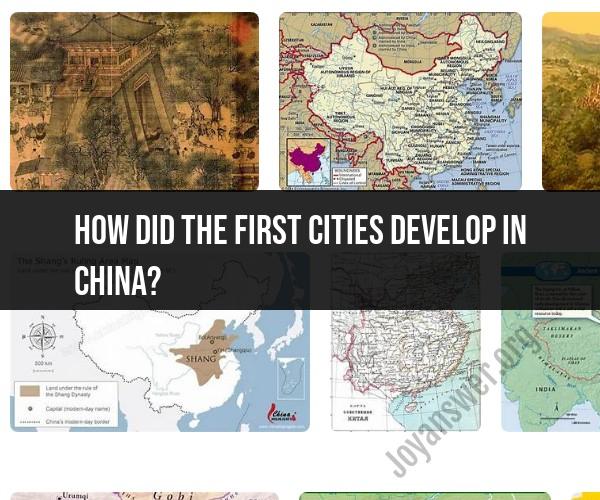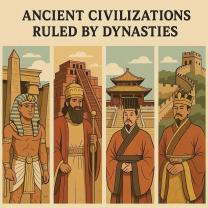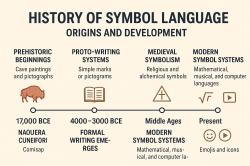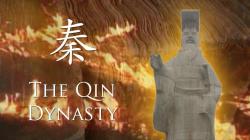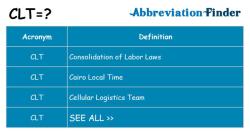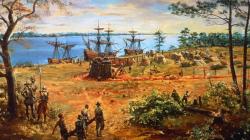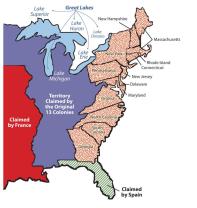How did the first cities develop in China?
The emergence of China's first cities is a complex historical process that evolved over thousands of years. Archaeological evidence suggests that urbanization in China began around 2000 BCE during the Shang Dynasty and continued to develop during subsequent dynastic periods. Here are some insights into how the first cities developed in China:
Agriculture and Settlements (circa 7000-6000 BCE): Like many other ancient civilizations, the development of cities in China was closely tied to the adoption of agriculture. Early Chinese people practiced agriculture in the fertile Yellow River (Huang He) and Yangtze River valleys, cultivating crops such as millet and rice. As agricultural practices improved, permanent settlements and villages began to emerge.
Neolithic Cultures: Several Neolithic cultures, such as the Yangshao and Longshan cultures, existed in ancient China. These cultures were characterized by settled communities with pottery-making skills, advanced agriculture, and rudimentary forms of social organization. They laid the groundwork for more complex urban development.
Shang Dynasty (circa 1600-1046 BCE): The Shang Dynasty is often considered the first historical Chinese dynasty, and it witnessed the emergence of China's early cities. Urban centers like Yin (modern-day Anyang) served as political and religious hubs. The use of bronze metallurgy, writing on oracle bones, and the construction of city walls marked significant developments during this period.
Zhou Dynasty (1046-256 BCE): The Zhou Dynasty succeeded the Shang Dynasty and played a crucial role in the growth of urban centers. The period saw the development of feudal states ruled by nobility. Major cities, including the capital Chang'an (modern-day Xi'an), served as political and cultural centers.
Warring States Period (475-221 BCE): The later part of the Zhou Dynasty was marked by a period of conflict known as the Warring States Period. During this time, competition among states led to the fortification and growth of cities for defense. Philosophical schools like Confucianism and Legalism emerged in urban centers.
Qin Dynasty (221-206 BCE) and Han Dynasty (206 BCE-220 CE): The Qin Dynasty unified China under Emperor Qin Shi Huang and established standardized measures and currency. The Han Dynasty followed and further promoted urbanization, trade, and cultural development. The Silk Road, connecting China to the West, facilitated trade and exchange of ideas.
Construction and Architecture: Ancient Chinese cities featured city walls, grand palaces, temples, and markets. Cities were often laid out in a grid pattern, with streets organized in straight lines. Prominent examples include the city of Chang'an during the Han Dynasty.
Trade and Cultural Exchange: China's early cities were hubs of trade and cultural exchange. The Silk Road and maritime routes facilitated trade with neighboring regions and distant lands, leading to the spread of goods, ideas, and technologies.
Confucianism and Governance: Confucian philosophy, which emphasized social order and ethical governance, played a significant role in shaping the administration and governance of Chinese cities.
Decline and Successors: Urban centers in ancient China experienced periods of decline and shifts in power, with the rise and fall of various dynasties. Subsequent dynasties, such as the Tang and Song, continued to contribute to urbanization and cultural development.
The development of China's first cities laid the foundation for its rich history and cultural heritage. These early urban centers played pivotal roles in the development of Chinese civilization, governance, culture, and trade, setting the stage for the many dynasties and empires that would follow in China's long history.
Tracing the Origins: The Development of the First Chinese Cities
The first Chinese cities emerged around 4000 BC in the Yellow River Valley. These early cities were relatively small and consisted of a few thousand people. They were typically located near rivers or other sources of water, and they were surrounded by agricultural land.
The development of the first Chinese cities was driven by a number of factors, including:
- Agricultural surplus: The development of agriculture led to an increase in food production, which created a surplus that could be used to support non-agricultural activities, such as trade and manufacturing.
- Need for defense: The Yellow River Valley was prone to flooding and other natural disasters, and cities provided a safe place to live. Cities were typically surrounded by walls and moats.
- Need for trade: The Yellow River Valley was located on important trade routes, and cities emerged as centers of trade and commerce.
Early Urbanization in China: Factors and Influences on City Growth
The growth of early Chinese cities was influenced by a number of factors, including:
- Government support: The Chinese government supported the development of cities by building roads and canals, and by providing tax breaks and other incentives to merchants and artisans.
- Technological innovation: The development of new technologies, such as irrigation and metallurgy, helped to increase agricultural production and support the growth of cities.
- Population growth: The population of China grew rapidly during the early Zhou dynasty (1046-256 BC), which led to an increase in the demand for goods and services, and further stimulated the growth of cities.
The Birth of Cities in Ancient China: A Historical Perspective
The first Chinese cities were typically ruled by a hereditary aristocracy. The aristocracy owned most of the land and controlled the city's government and economy. The common people were mostly farmers, artisans, and merchants.
The cities of ancient China were complex and vibrant places to live. They were home to a variety of people, including merchants, artisans, priests, and government officials. They were also home to a variety of cultural institutions, such as temples, schools, and libraries.
The cities of ancient China played an important role in the development of Chinese civilization. They were centers of trade, commerce, and culture. They were also home to some of the most important inventions in Chinese history, such as paper, gunpowder, and the compass.
Conclusion
The first Chinese cities emerged around 4000 BC in the Yellow River Valley. These early cities were relatively small and consisted of a few thousand people. They were typically located near rivers or other sources of water, and they were surrounded by agricultural land.
The development of the first Chinese cities was driven by a number of factors, including agricultural surplus, the need for defense, and the need for trade. The growth of early Chinese cities was influenced by government support, technological innovation, and population growth.
The cities of ancient China were complex and vibrant places to live. They were home to a variety of people, and they played an important role in the development of Chinese civilization.
